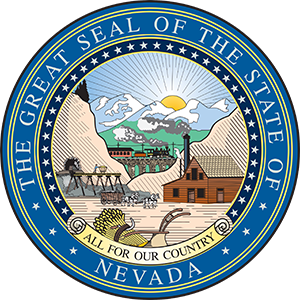RFR FAQ
The DHHS GIR has been in place since 2018. Staff are
trained to process RFRs with this guidance moving forward. Please reach out to
your program and fiscal contacts for further guidance.
A budget modification is required if you are moving dollars from one category to another, no matter the dollar amount. Budget modifications in general cannot exceed 10% of the total award. If the category you plan to move money to does not already have money in it, this requires a subgrant amendment.
Worksheets must be submitted in PDF format. Subgrantees must submit the PDF for documentation into Smartsheets.
We will not accept any RFR that exceeds 100% spent in any category.
Fill out the Budget Modification Form from the tab in the Section D Workbook. Complete the form, documenting justification for the need to move dollars around. PDF the document and send it to the Health Program Specialist at the Bureau that oversees your award.The indirect category cannot change its amounts due to it is a calculated expenditure at the time of Executed Award.
If the scope of work is changing within your subgrant, an amendment is required. Also, if you are moving more than 10% of the total award to other categories, an amendment is required. If you are attempting to move money into a category that initially did not have money in it, an amendment is required. Inquire with your Health Program Specialist if you are unsure of specific circumstances.
RFRs for all subgrants are submitted online through a system called Smartsheets via https://app.smartsheet.com/b/form/aca1b20a9d2648fc87613df1f80bd31d
A BMR must be submitted prior to the activity occurring. All entities must forecast their needs and receive approval to move dollars around as needed. It is also not appropriate to submit a BMR at the end of the grant period to spend down all the funds. All entities must work with their Health Program Specialist ahead of the planned expenditures to ensure proper approvals are in place so spend down can occur.
The transaction list is used for audit purposes, to clearly itemize each transaction for documentation.It is used as a checklist to line-item the expenditures and match the backup documentation to each line item. This is a standard process when processing RFRs.
For all personnel that are paid out of the subgrant, proper time tracking documentation is required to be submitted with each RFR. This information reflects how much time each person is applying towards the grant.
A pay stub does not show proof of time applied to the grant, unless the person is 100% allocated to that funding source. The time tracking documents are what needs to be signed by a supervisor.
